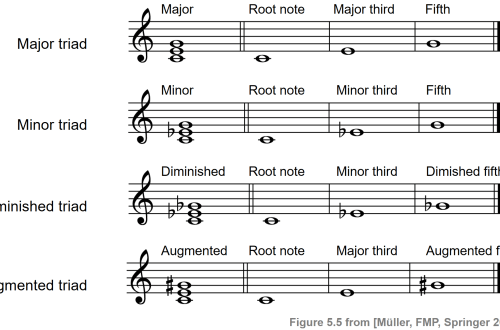
Uniform tones. The nature of minor and major.
Contents
How can you easily remember the differences between major and minor modes?
Keys of the same name
Major and minor keys, which have the same tonics, are called keys of the same name. For example, C major and C minor are the same name.
Natural major and minor of the same name will differ in degrees III, VI and VII. In a minor scale, these steps will be lower by a chromatic semitone.

Figure 1. Natrual keys of the same name
The harmonic major and minor of the same name are distinguished by the third step. In minor, it will be lower by a chromatic semitone. The VI degree of the major will be lowered and, as a result, will coincide with the minor.

Figure 2. Harmonic keys of the same name
The melodic major and minor of the same name differ only in the third step.

Figure 3. Melodic keys of the same name
The nature of the major and minor modes
Remember, we touched on the topic of character, the “mood” of the melody? Having studied the major and minor keys, it is worth talking again about the nature of these modes.
Sad, romantic, harsh melodies are usually written in minor.
Cheerful, fervent, solemn melodies are usually written in major.
Of course, there are also funny melodies written in minor keys (“Peddlers”, ditties); there are also sad ones in a major (“Yesterday”). Those. keep in mind that exceptions are everywhere.
Results
You got to know the same tones. We took note of the nature of the sound of minor and major keys.





